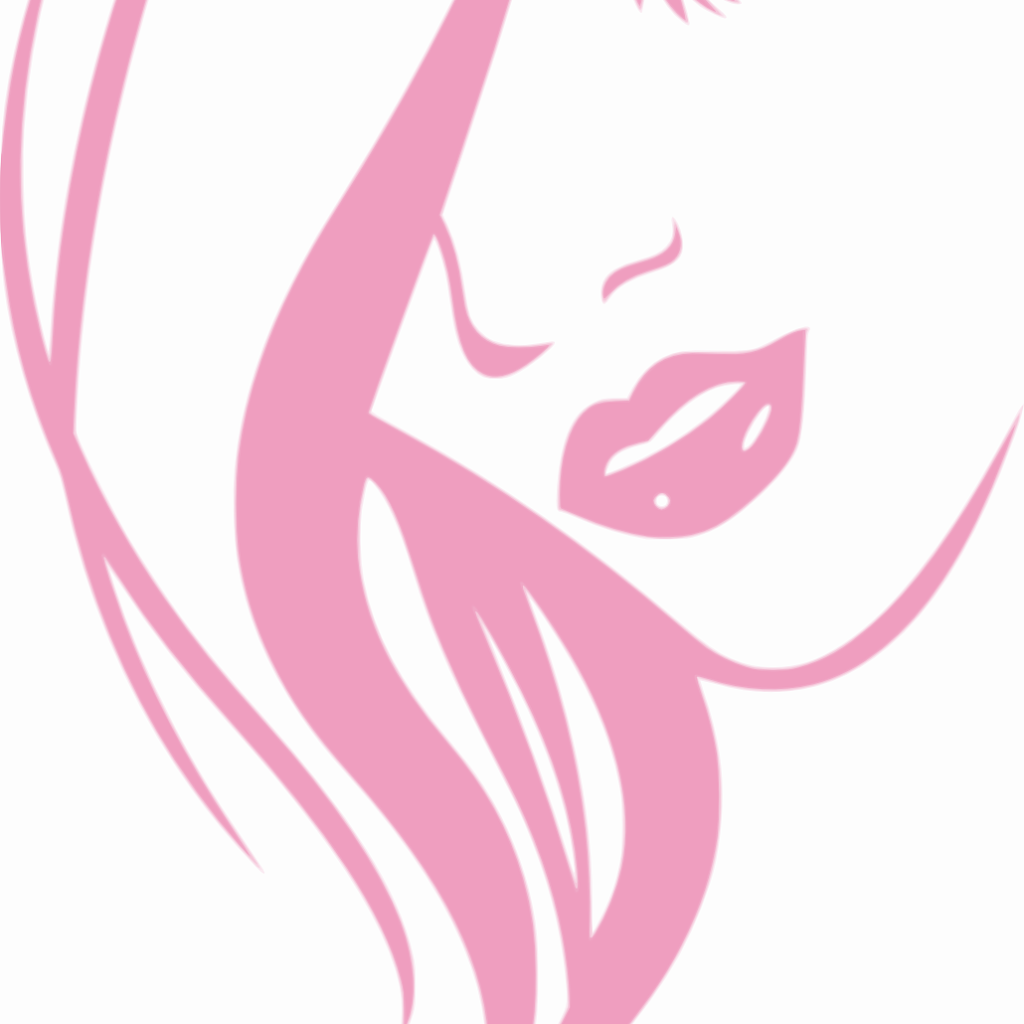A hairstyle, hairdo, or haircut refers to the styling of hair, usually on the human scalp. Sometimes, this could also mean an editing of facial or body hair. The fashioning of hair can be considered an aspect of personal grooming, fashion, and cosmetics, although practical, cultural, and popular considerations also influence some hairstyles.
The oldest known depiction of hair styling is hair braiding which dates back about 30,000 years. In history, women’s hair was often elaborately and carefully dressed in special ways. From the time of the Roman Empire until the Middle Ages, most women grew their hair as long as it would naturally grow. Between the late 15th century and the 16th century, a very high hairline on the forehead was considered attractive. Around the same time period, European men often wore their hair cropped no longer than shoulder-length. In the early 17th century, male hairstyles grew longer, with waves or curls being considered desirable.
The male wig was pioneered by King Louis XIII of France (1601–1643) in 1624. Perukes or periwigs for men were introduced into the English-speaking world with other French styles in 1660. Late 17th-century wigs were very long and wavy, but became shorter in the mid-18th century, by which time they were normally white. Short hair for fashionable men was a product of the Neoclassical movement. In the early 19th century the male beard, and also moustaches and sideburns, made a strong reappearance. From the 16th to the 19th century, European women’s hair became more visible while their hair coverings grew smaller. In the middle of the 18th century the pouf style developed. During the First World War, women around the world started to shift to shorter hairstyles that were easier to manage. In the early 1950s women’s hair was generally curled and worn in a variety of styles and lengths. In the 1960s, many women began to wear their hair in short modern cuts such as the pixie cut, while in the 1970s, hair tended to be longer and looser. In both the 1960s and 1970s many men and women wore their hair very long and straight.In the 1980s, women pulled back their hair with scrunchies. During the 1980s, punk hairstyles were adopted by many people.
In the ever-evolving world of beauty and fashion, one aspect that remains timeless is the allure of a perfectly crafted haircut. A well-executed women’s haircut not only enhances your features but also showcases your unique personality and style. But with the myriad of options available, finding the ideal stylist can be a daunting task. I look into the intricate details of women’s haircutting and help you on selecting the best stylist to transform your tresses into a work of art.
The Essence of a Great Haircut:
A haircut isn’t just about snipping away excess hair; it’s an expression of identity and self-confidence. Whether you’re looking for a bold and edgy look, a classic and sophisticated style, or something in between, your haircut should align with your lifestyle and preferences. A skilled hairstylist understands this connection and strives to create a masterpiece that resonates with your individuality.
Choosing the Right Stylist:
Finding the perfect stylist is akin to discovering a gem in a treasure trove. Here are some key factors to consider when selecting the best stylist for your hair transformation journey:
Experience and Expertise: Look for a stylist with a proven track record and extensive experience in women’s haircutting. An experienced professional will be well-versed in various cutting techniques and styles, ensuring you receive a haircut that suits your face shape and hair type.
Portfolio and Reviews: Take time to explore the stylist’s portfolio and read client reviews. This will give you insights into their versatility, precision, and ability to bring clients’ visions to life.
Consultation: A reputable stylist will always offer a thorough consultation before the haircut. This allows you to discuss your ideas, concerns, and expectations, enabling the stylist to tailor their approach to your needs.
Up-to-Date Knowledge: The beauty industry is ever-evolving, with new trends and techniques emerging regularly. Opt for a stylist who continuously educates themselves on the latest trends, ensuring you receive a modern and stylish haircut.
Listening Skills: An exceptional stylist not only possesses technical skills but also listens attentively to your desires. They should be able to interpret your vision and offer suggestions based on their expertise.
The Intricacies of Haircutting:
Behind every fabulous haircut lies a series of precise techniques. From blunt cuts to layered styles, here are some popular haircut options:
Layered Cuts: Perfect for adding dimension and movement, layered cuts work well with various hair lengths. They provide volume and texture, giving your hair a lively bounce.
Pixie Cuts: Short, sassy, and bold – pixie cuts exude confidence. They highlight your facial features and require minimal maintenance, making them a chic choice.
Bob Cuts: Versatile and timeless, bob cuts come in various lengths and styles. From sleek and sophisticated to wavy and carefree, bobs can be tailored to suit your personality.
Bangs: Fringe can transform your look instantly. Whether you prefer full, side-swept, or curtain bangs, they add a touch of mystery and flair.
Women’s haircutting is a delicate art that demands a blend of creativity, skill, and understanding of individual preferences. The journey towards a perfect haircut begins with choosing the right stylist who values your vision and brings it to life. As you embark on this transformational experience, remember that your haircut isn’t just about aesthetics it gives you identity, confidence, and a unique style. So, go ahead and indulge in the beauty of a well-crafted haircut, and watch as your tresses become a canvas of elegance and self-expression.
